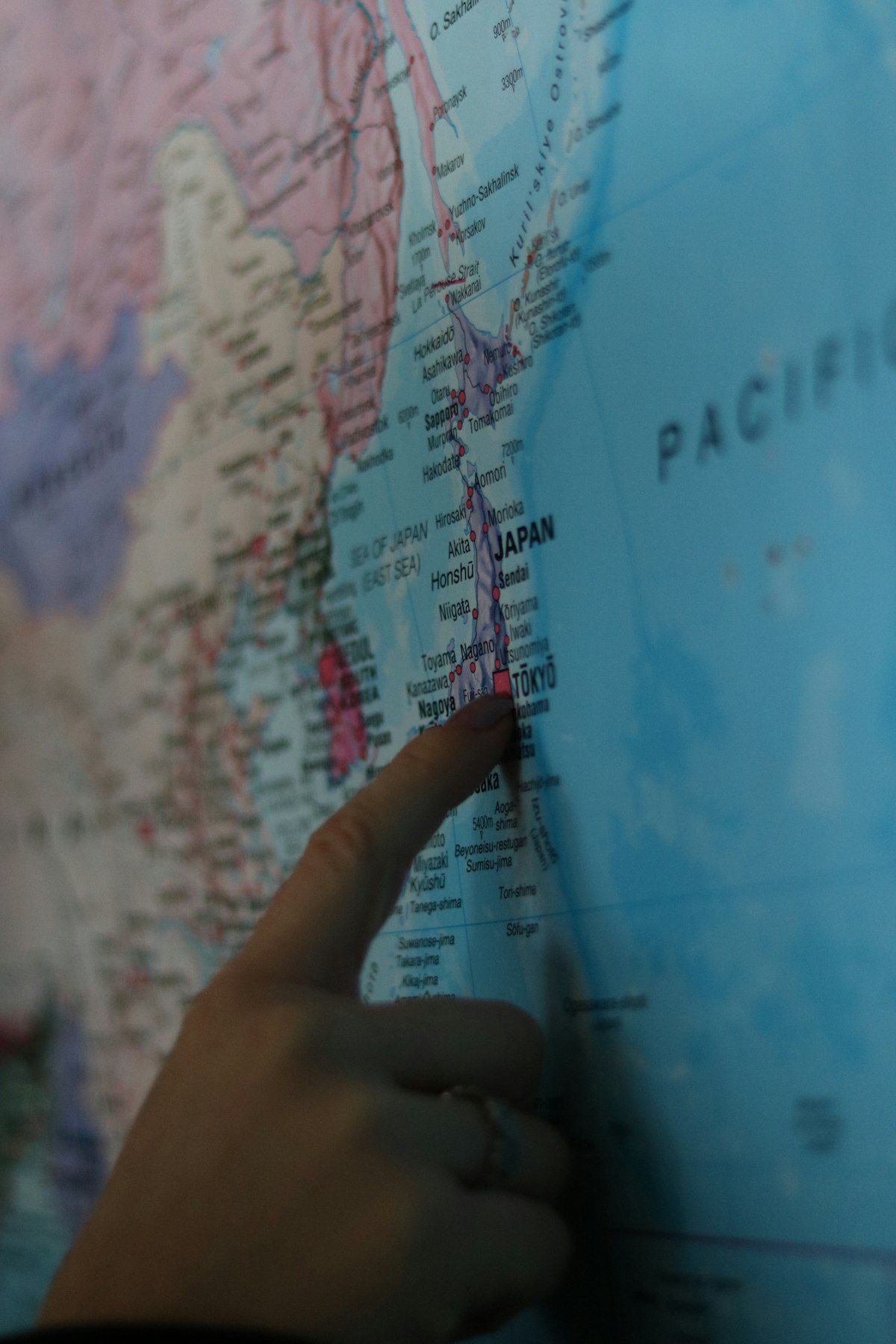Preface to Asia, Europe, Japan, by Ōkawa Shūmei

"World history in the true sense of the word is nothing other than the history of the confrontation, antagonism, and unification of East and West."
Preface to Asia, Europe, Japan
Ōkawa Shūmei1
Subscribed
For the past year, I have in more than ten lectures in various places striven solely to clarify the basis of the establishment of the Greater East Asian Order. I have now put together the spirit that I gave expression to in those lectures in a text of two parts in accordance with the goals toward which I mainly focused my powers, the first named The Historical Basis of the Greater East Asian Order, and the other entitled The Content and Scope of the Greater East Asian Sphere. In the former, I traced the process by which the ideology of the Greater East Asian Order, which was by no means a military slogan devised after the China Incident2 but had already been firmly grasped by numerous pioneers as early as the eve of the Meiji Restoration, has throughout the three reigns3 since the Restoration constantly formed the basis of Japanese continental policy and finally came to see its realization with the Greater East Asian War. In the latter, I stated what I think and believe regarding what sort of region the Greater East Asian Sphere signifies, what sorts of race and culture have risen and fallen in it, and in what sort of relation Japan should stand to the Greater East Asian Sphere. In both parts, I have sought to make clear that the establishment of the New Greater East Asian Order is by no means merely a slogan but contains the most serious problems of existence and most urgent tasks for Japan and the races of East Asia.
In the third, Asia, Europe, and Japan, in the closing years of the Taishō era, when vacuous internationalism and womanly pacifism held sway, I first put forward the world-historical significance of war, second sought to show that world history in the true sense of the word is nothing other than the history of the confrontation, antagonism, and unification of East and West, third sought to suggest the cultural characteristics of the two aforementioned that have traversed history, fourth sought to give a logical basis to Pan-Asianism, and fifth and finally clarified that war for the sake of the realization of the coming new world order is ultimately an unavoidable fate and laid out the inevitability of a war between Japan and the United States. It may be an old work from more than twenty years ago, but I have once again included it because it complements the arguments of the two preceding parts.
Ōkawa Shūmei
June 1943
Subscribed1
大川周明 Ōkawa Shūmei (1886-1957). A noted Pan-Asianist, planner of coups and other illegal activities, participant in the Manchuria Incident, founder of the Yūzonsha, Kōchisha, and Jinmukai, member of the Shōwa Research Association and other bodies, pioneer of the study of Islam in Japan including the first full Japanese translation of the Koran, and the only civilian to be tried as a Class A war criminal at the Tokyo Trial, Ōkawa Shūmei has been called “the leading theorist of the Japanese fascist movement” or the “right-wing nationalist movement” since the end of the war. 2
支那事変 Shina Jihen. The name given to what is now called the Second Sino-Japanese War (1937-1945). It is included under the term Greater East Asian War. 3
Meiji (1868-1912), Taishō (1912-1925), Shōwa (1926-1989).4
The word translated as race here is 民族 minzoku, which is interchangeable with the word “people” understood as a biological grouping. In this connection, the term “master race” is translated as 支配民族 shihai minzoku or 指導民族 shidō minzoku.